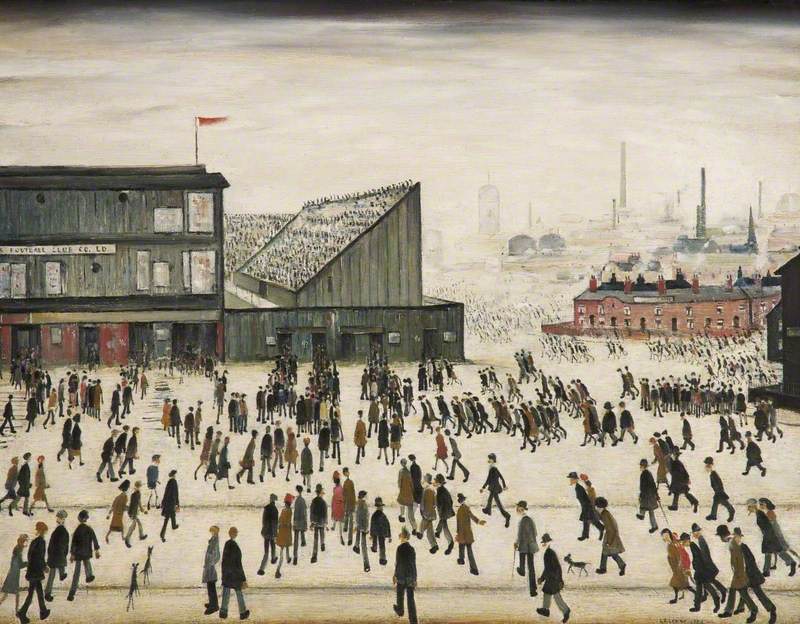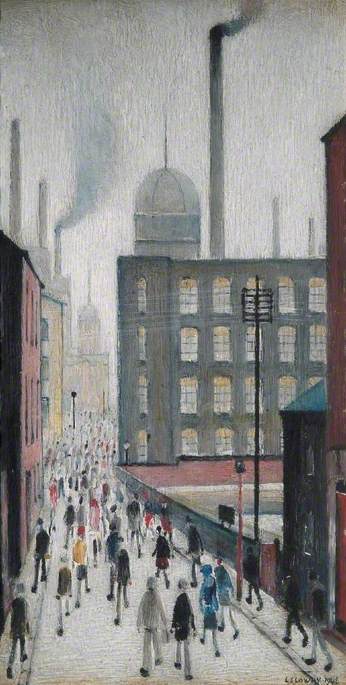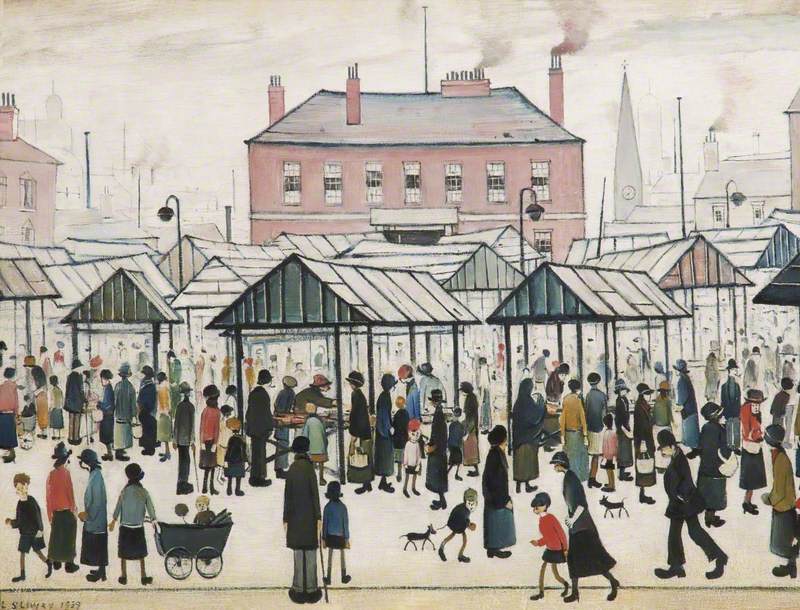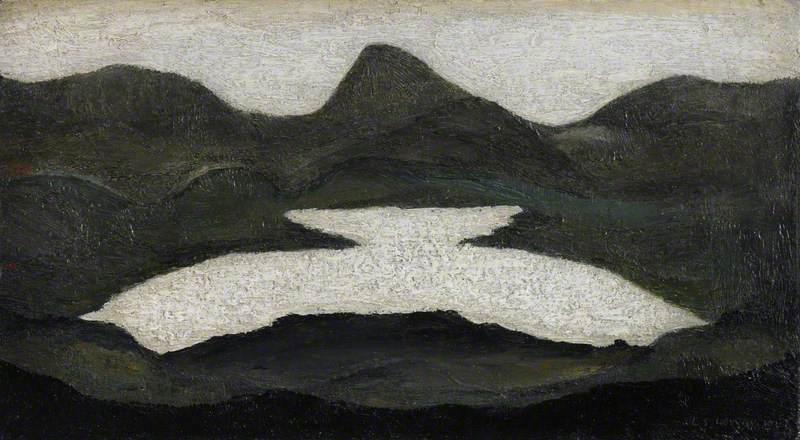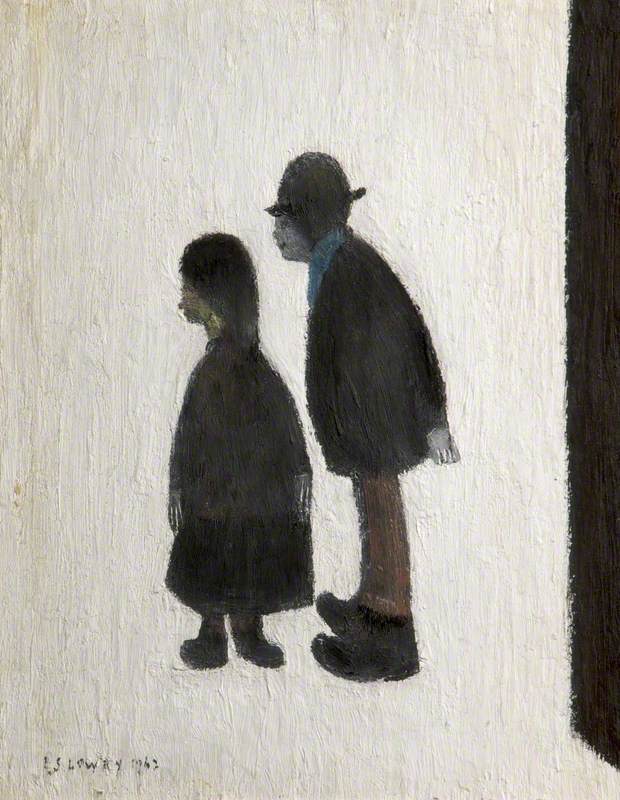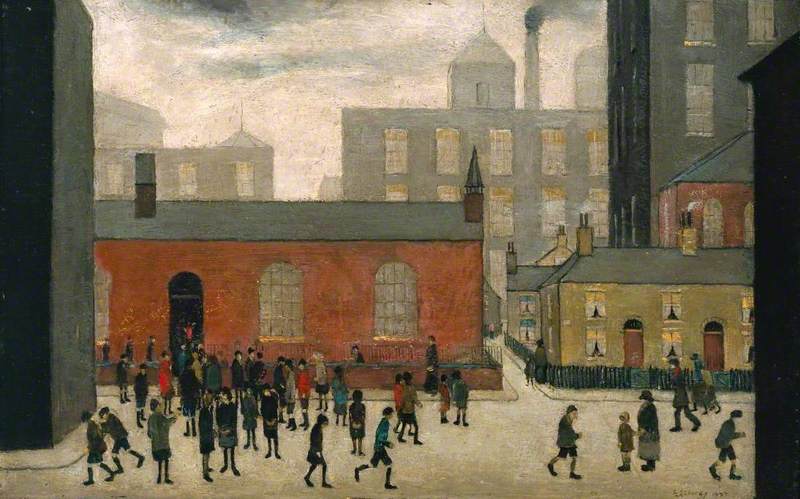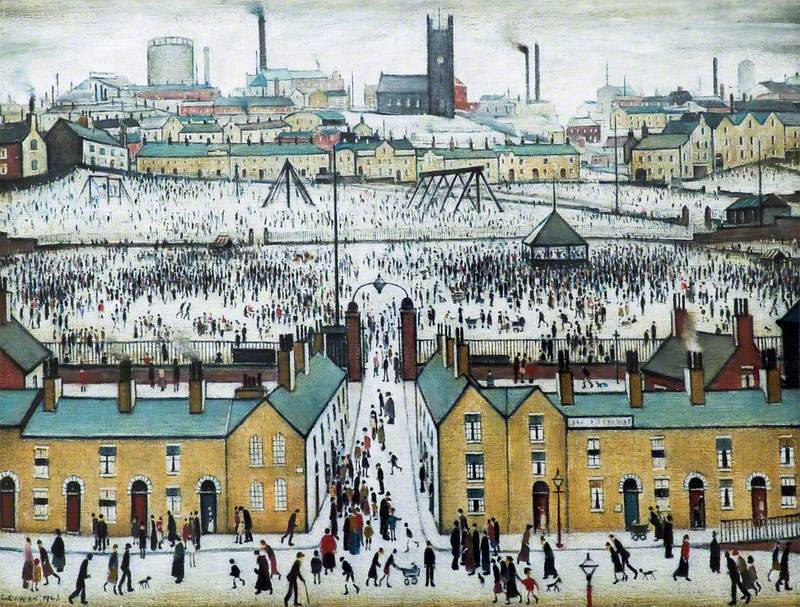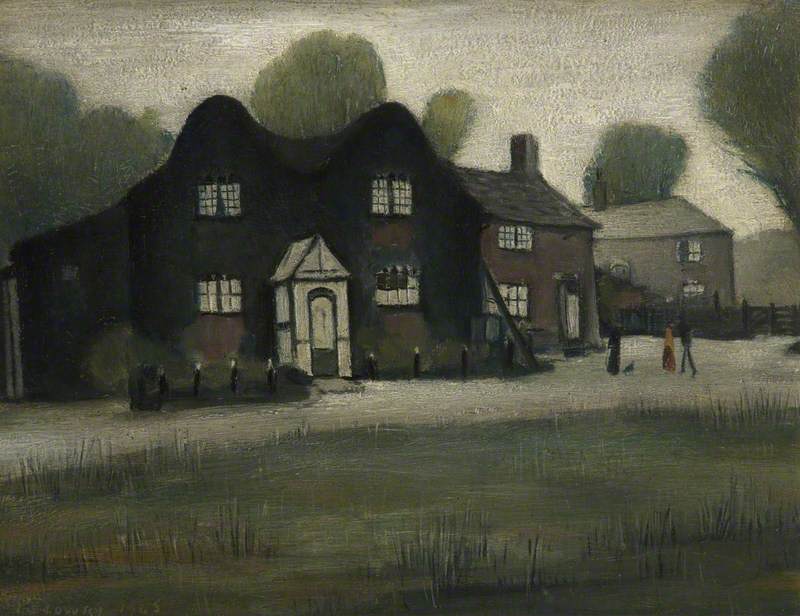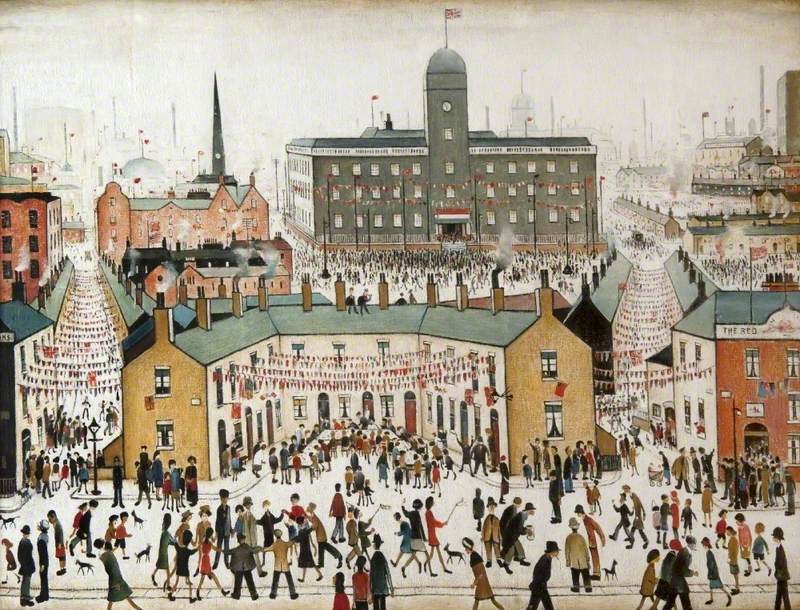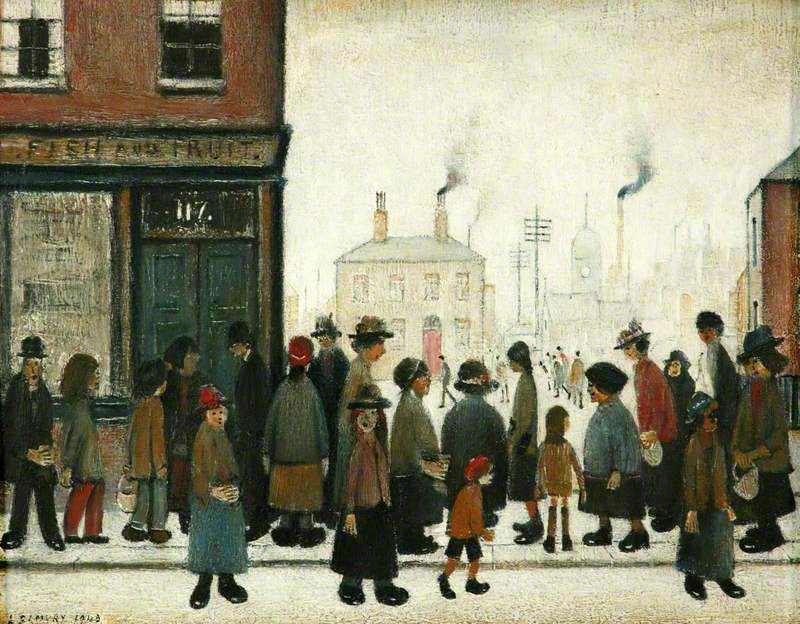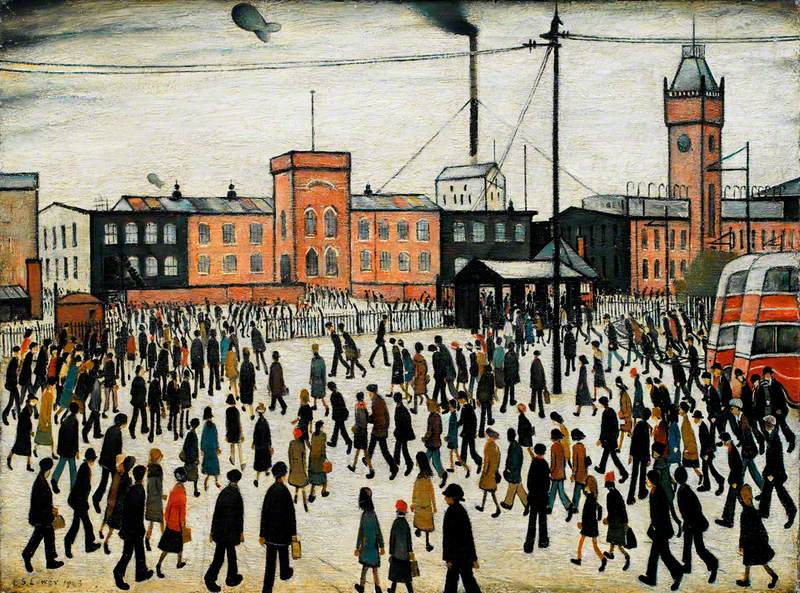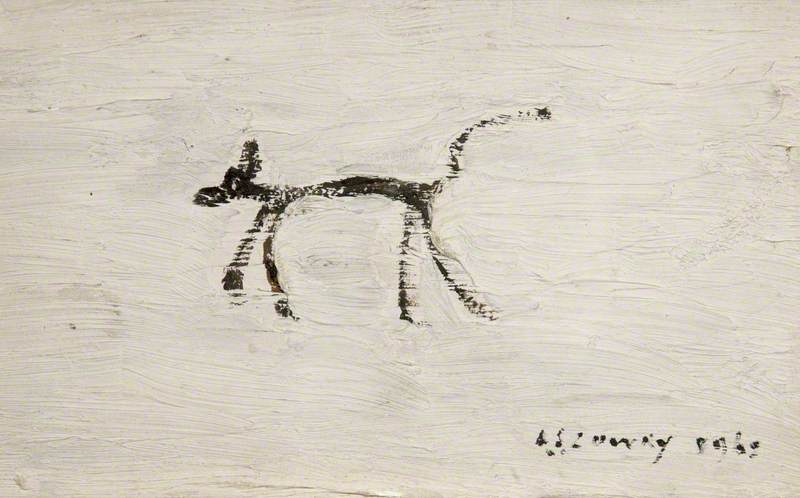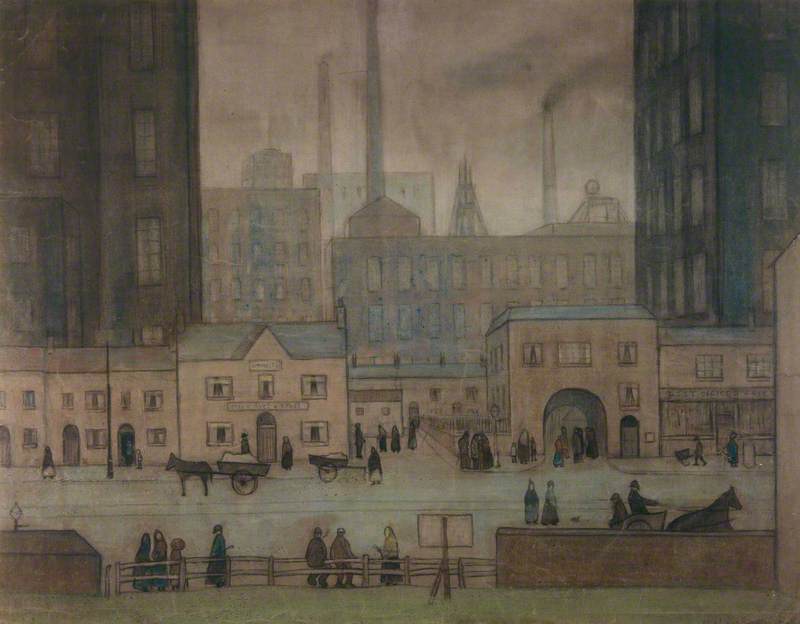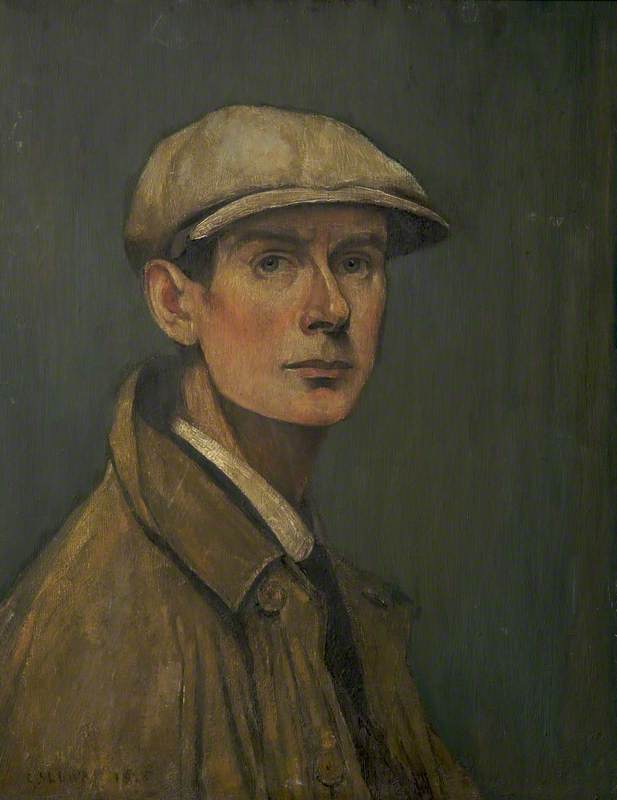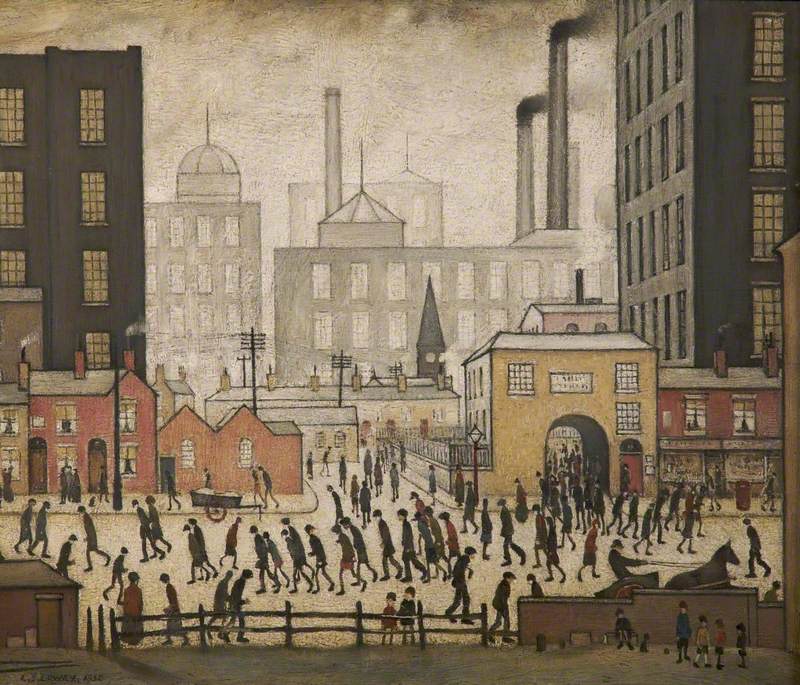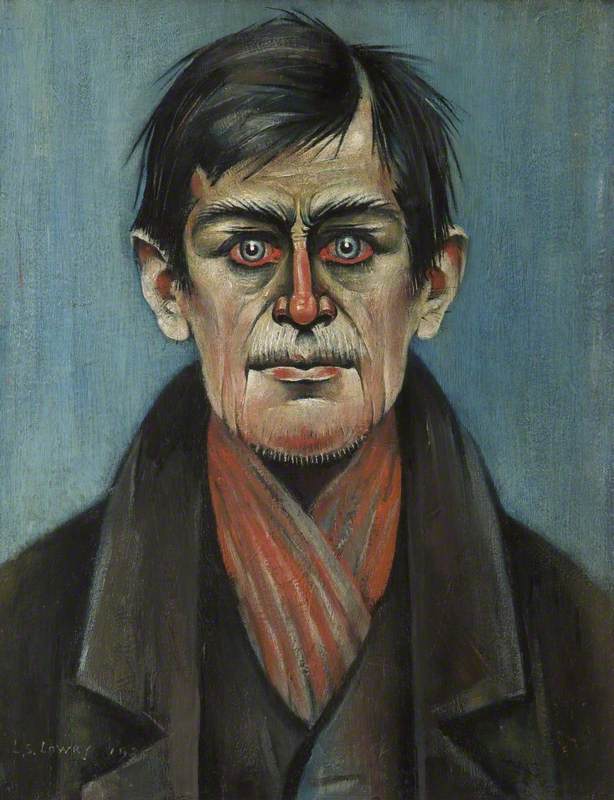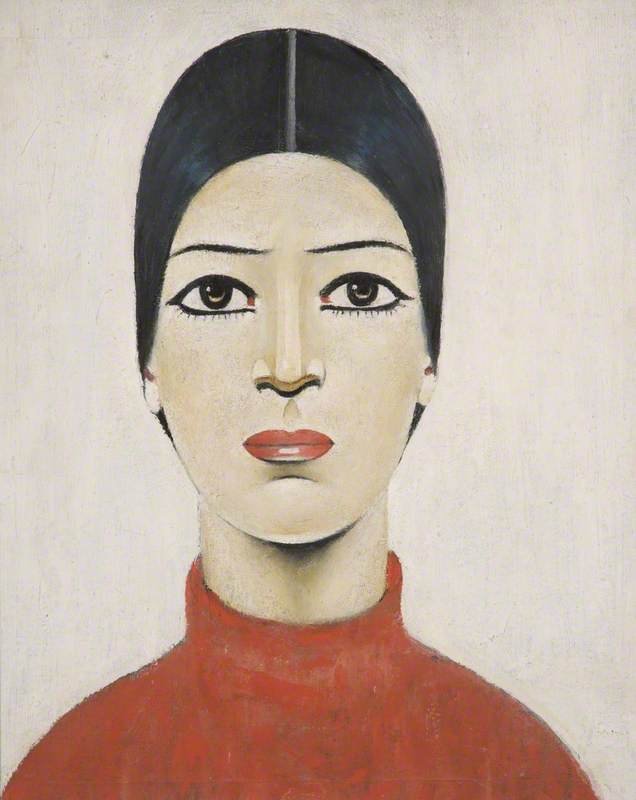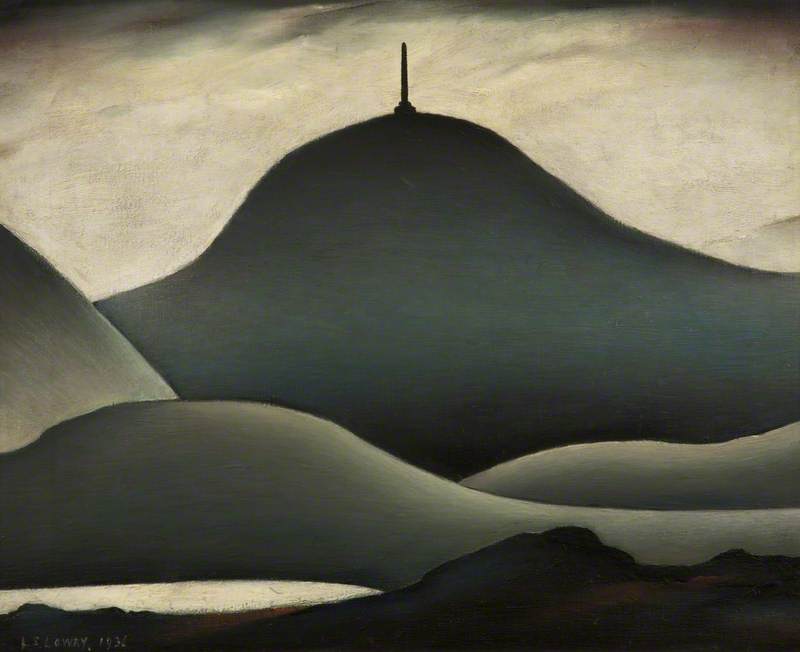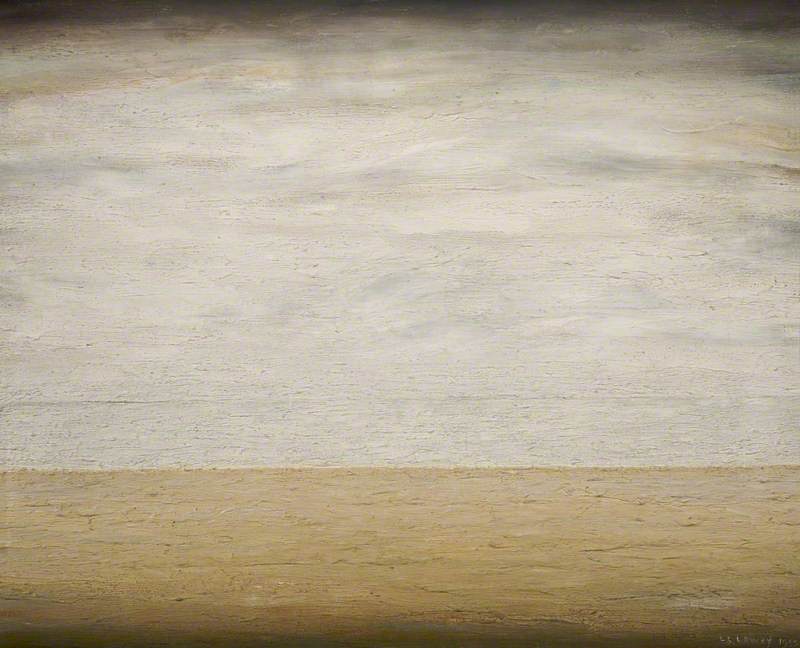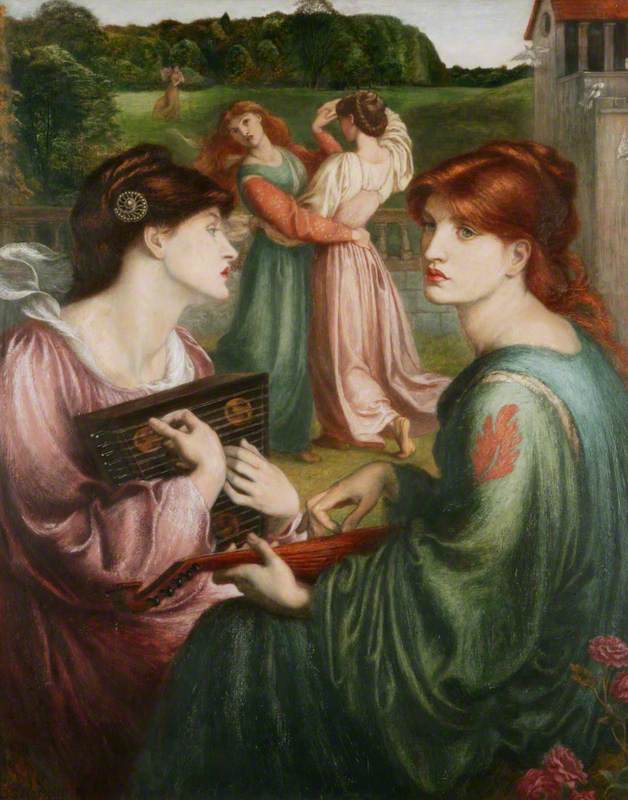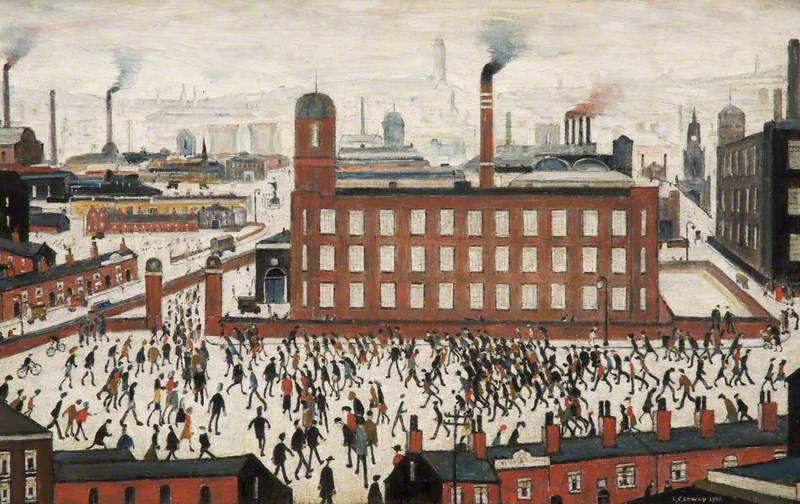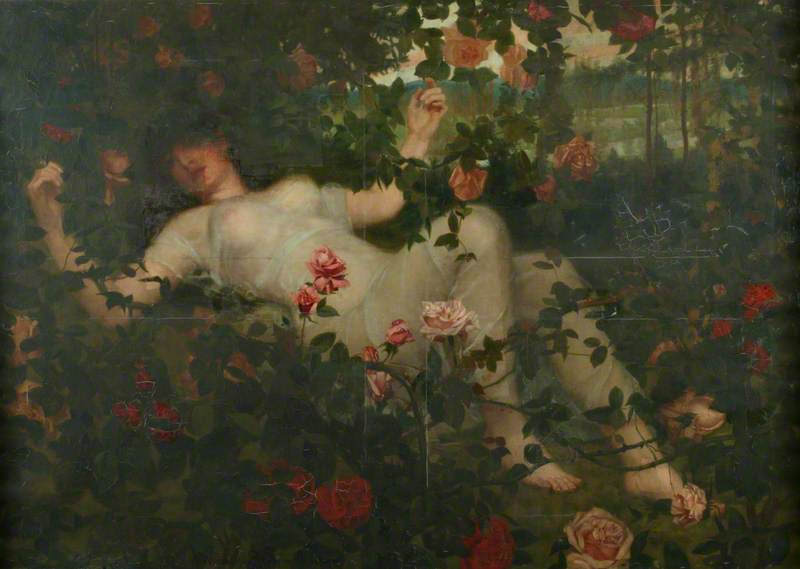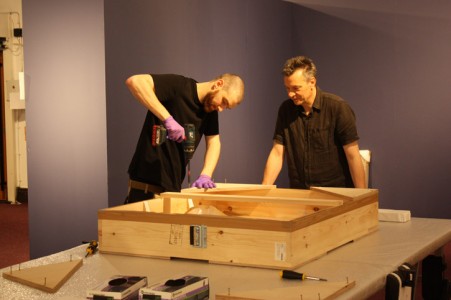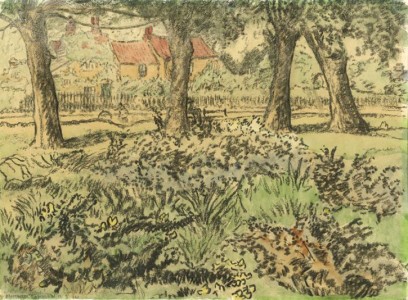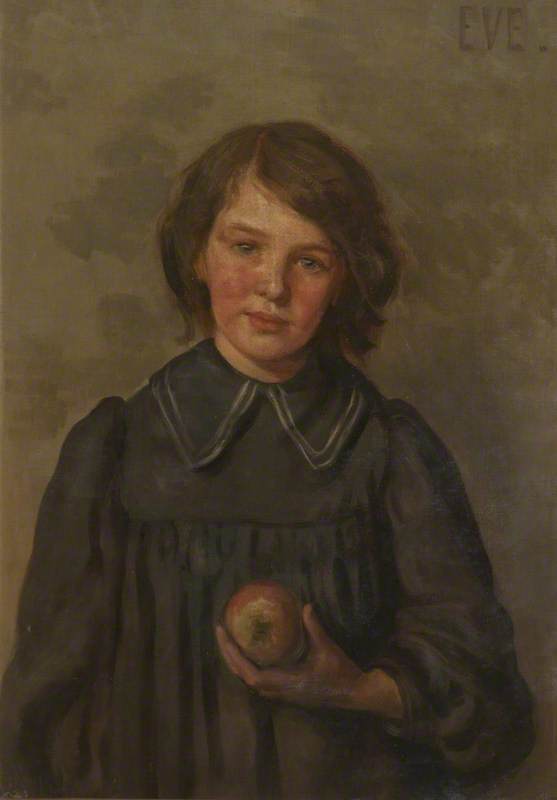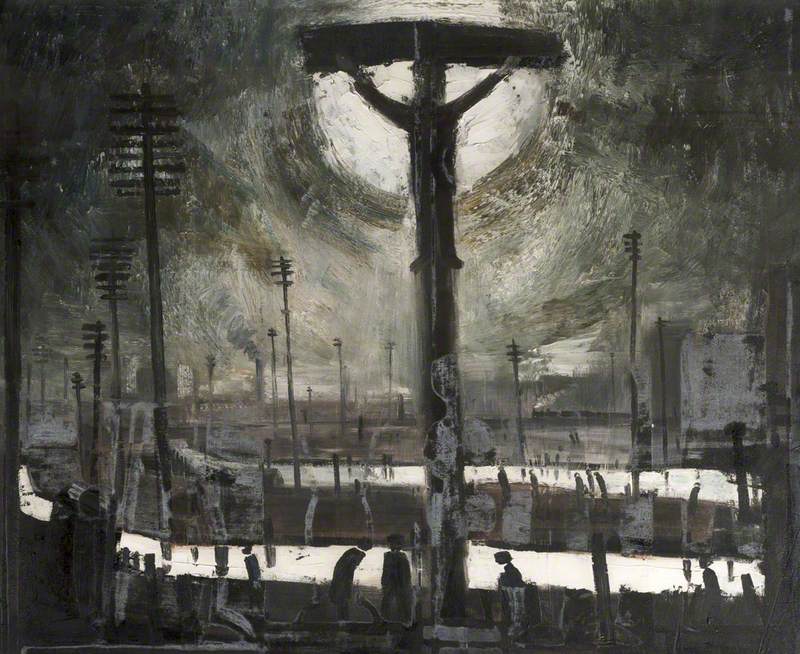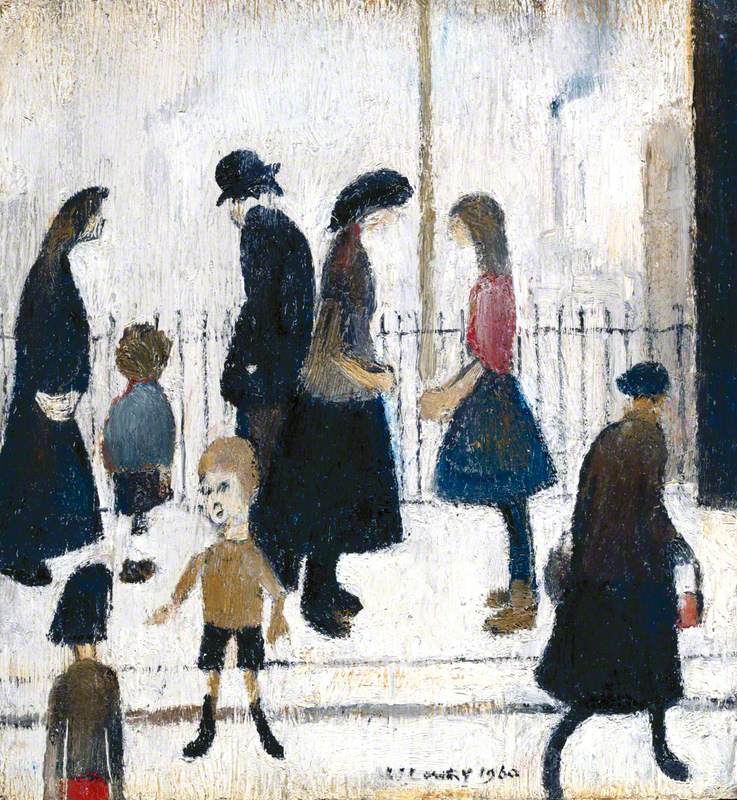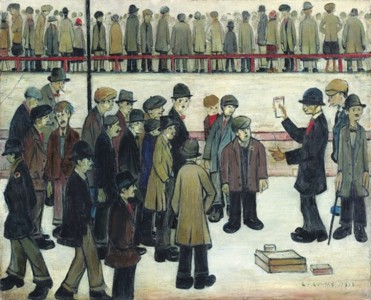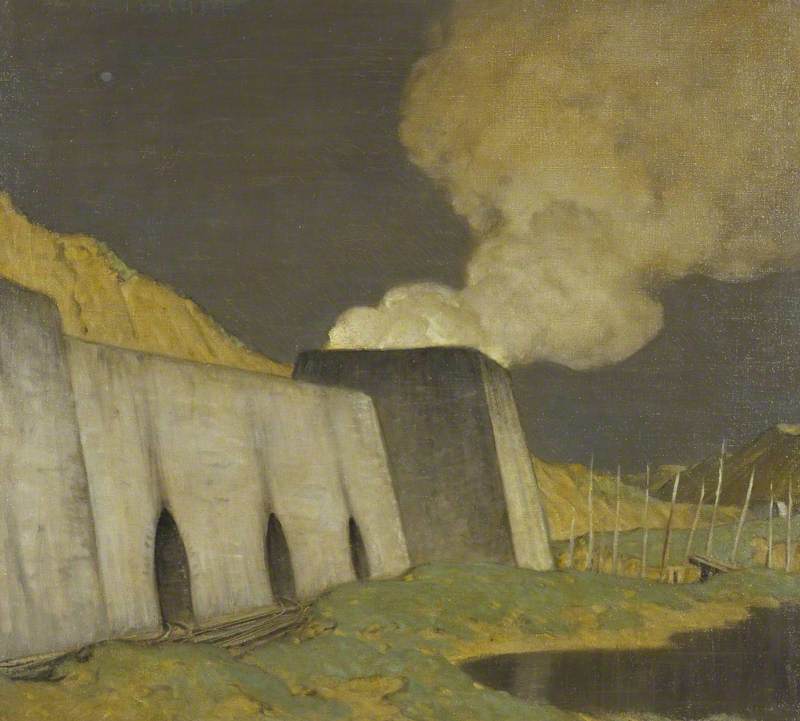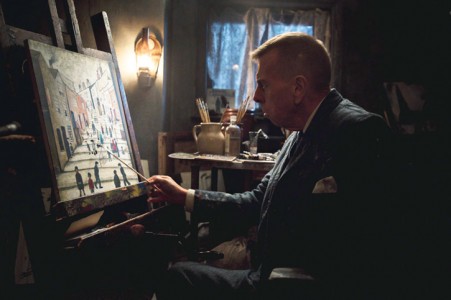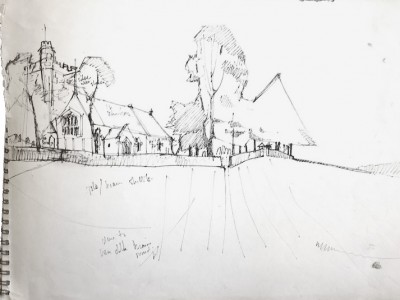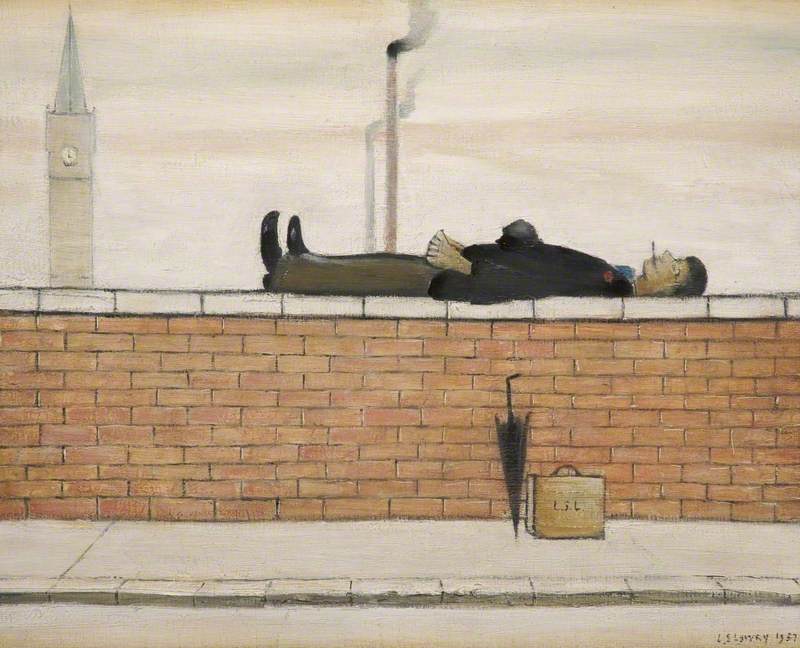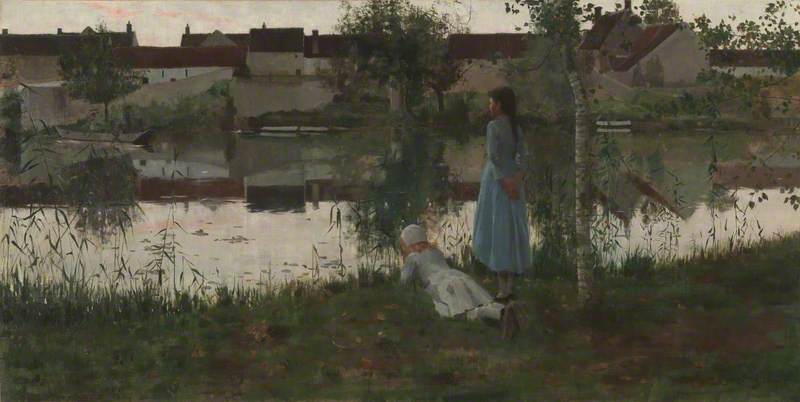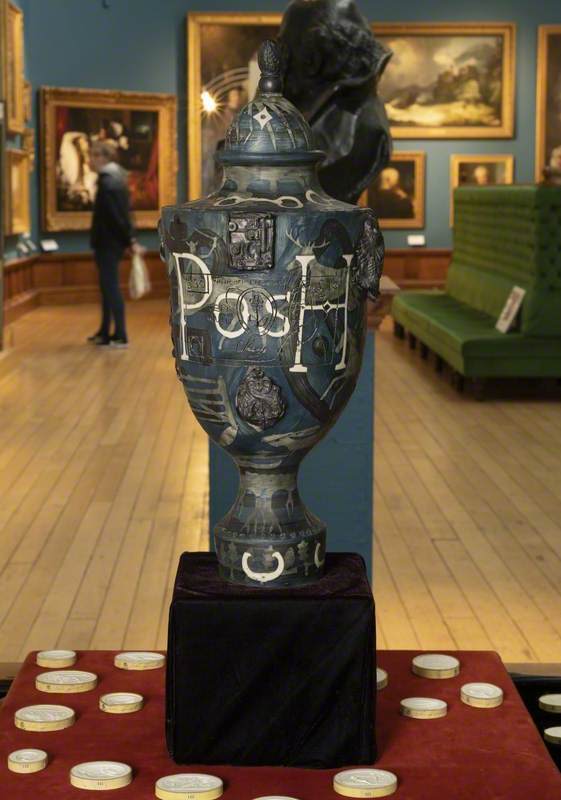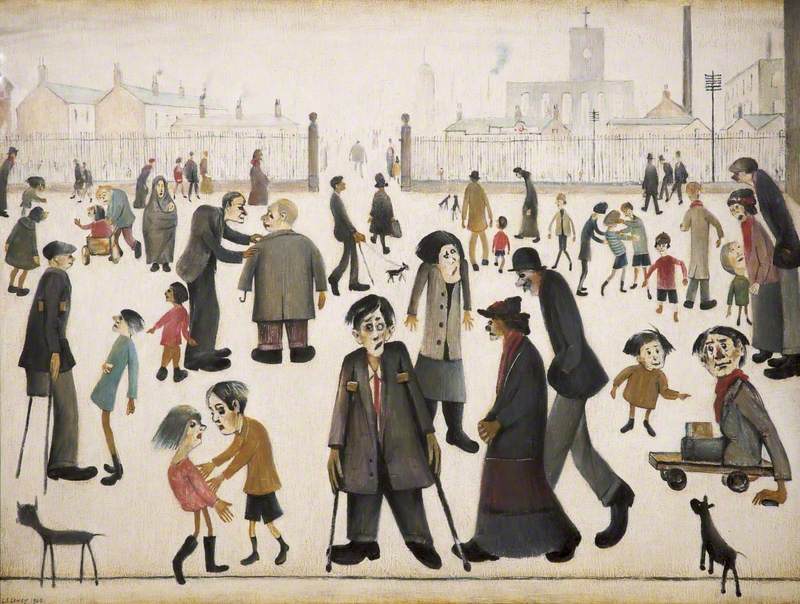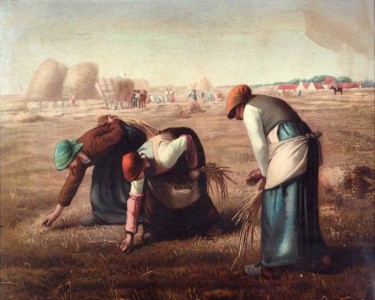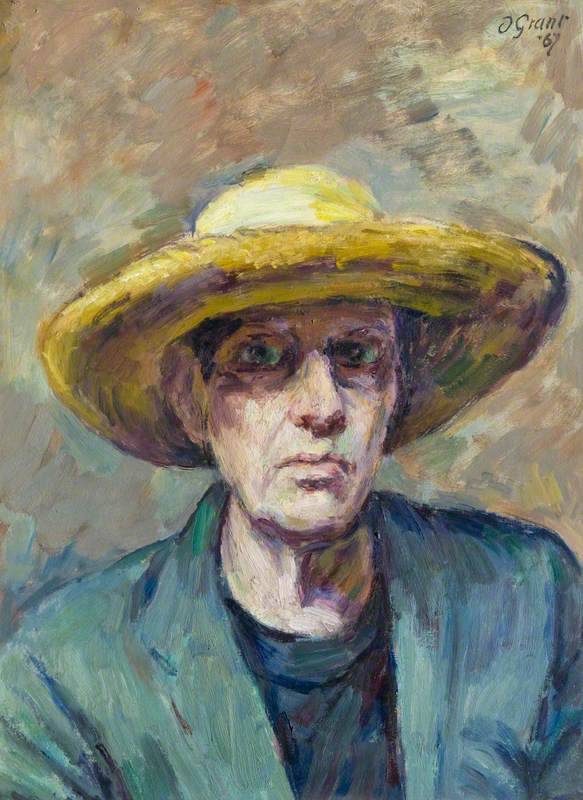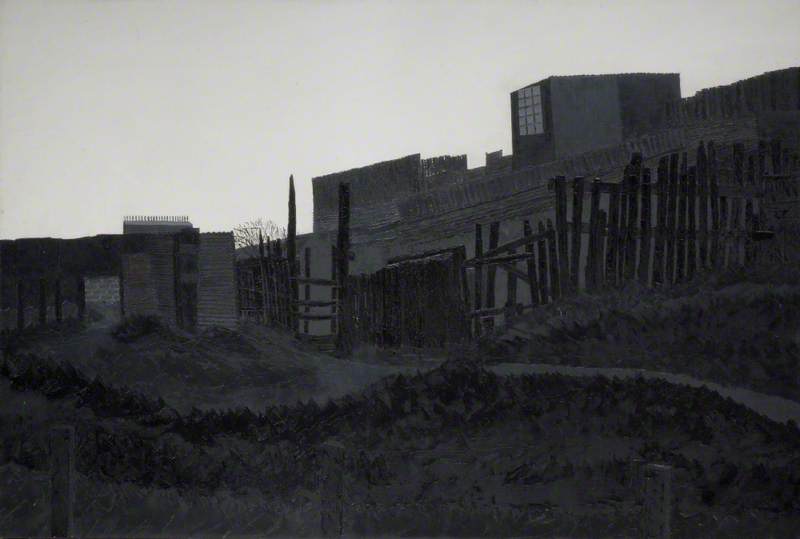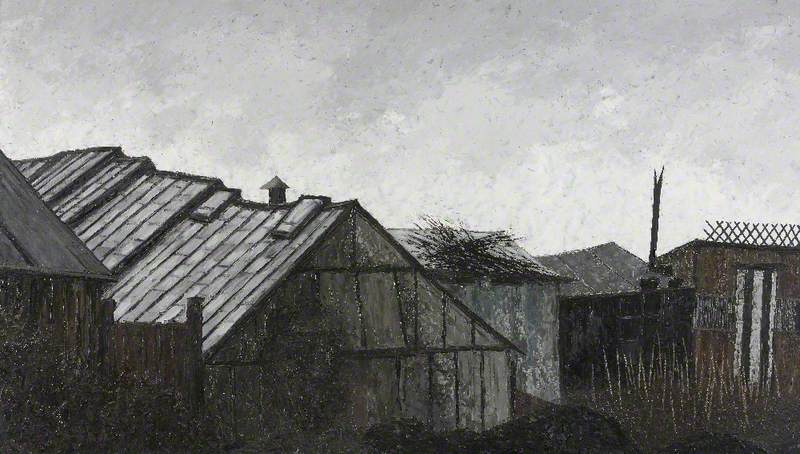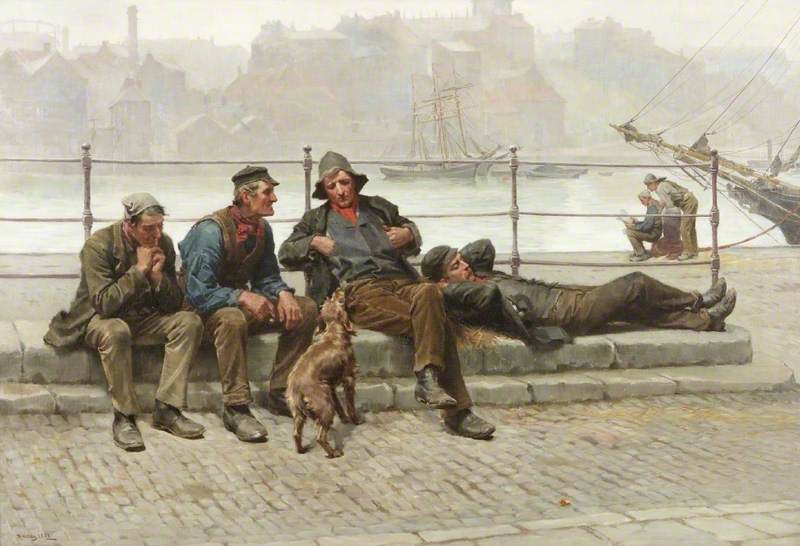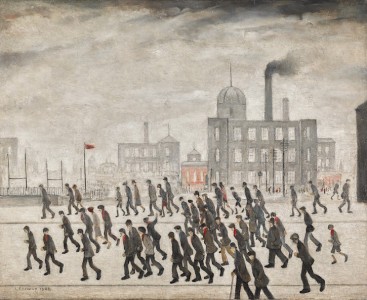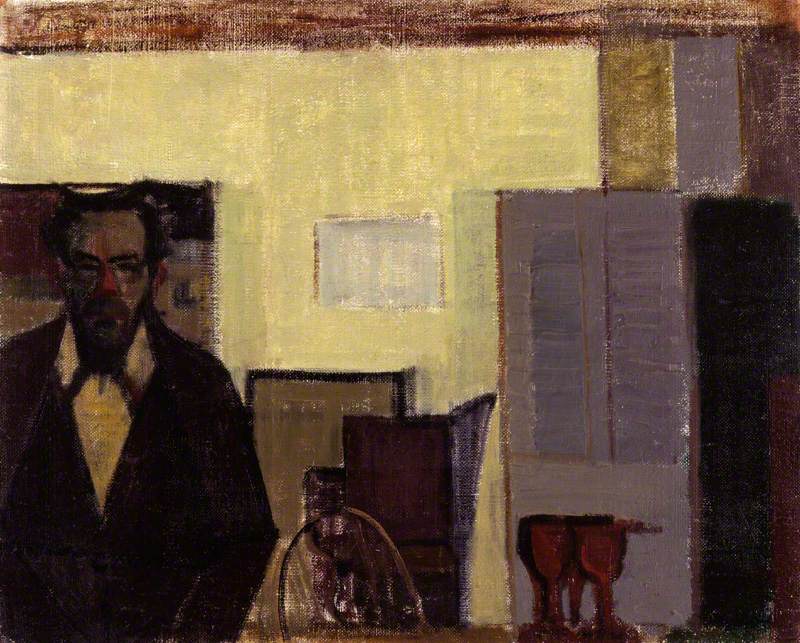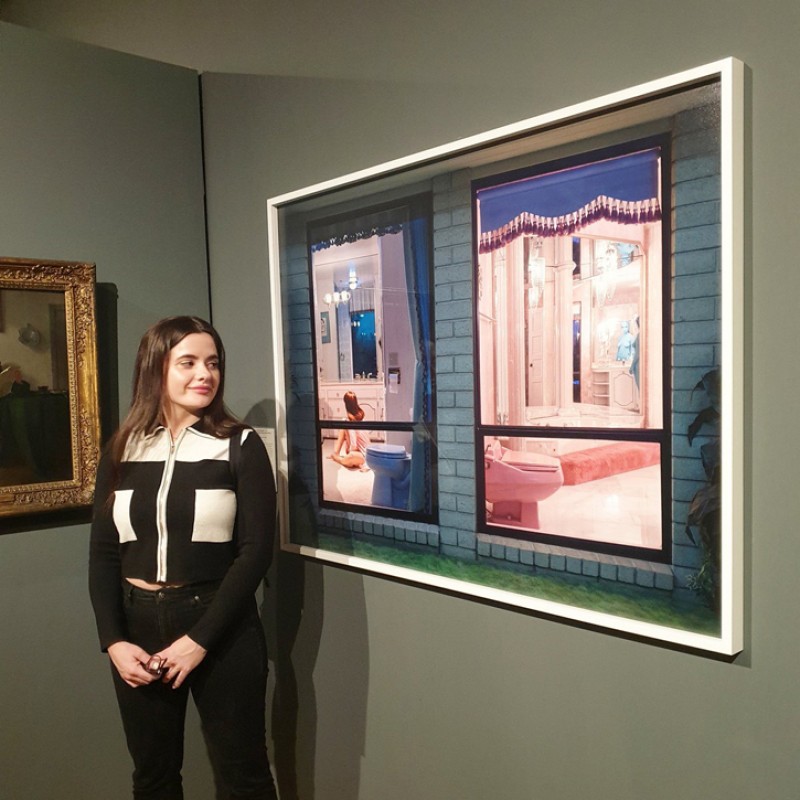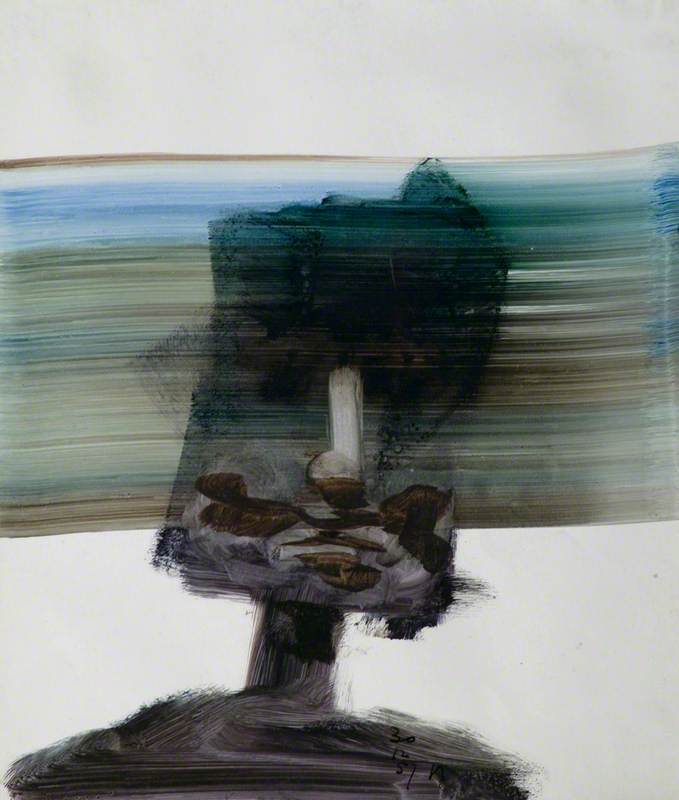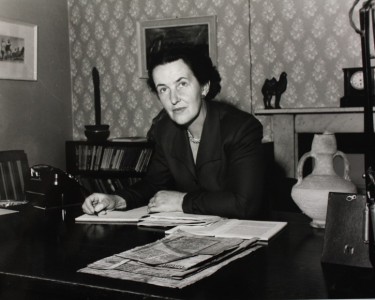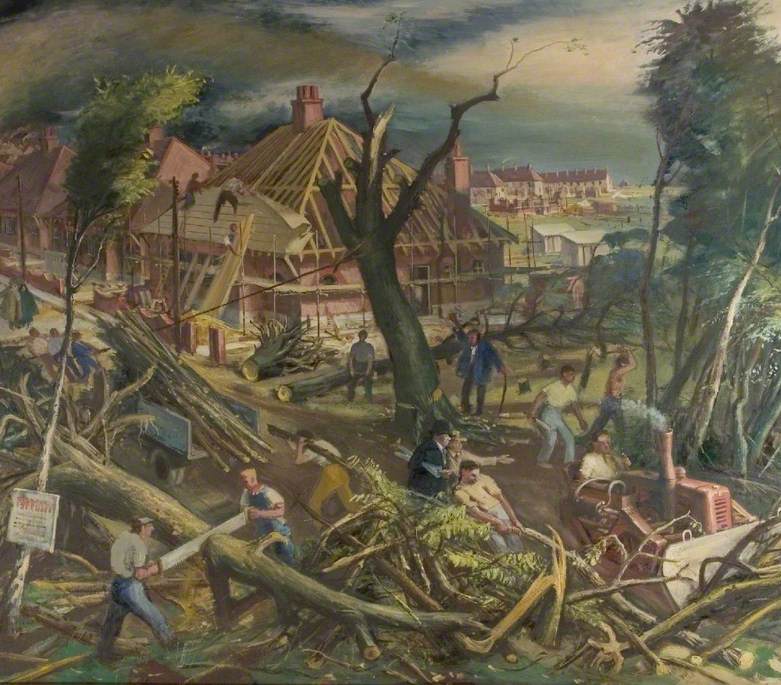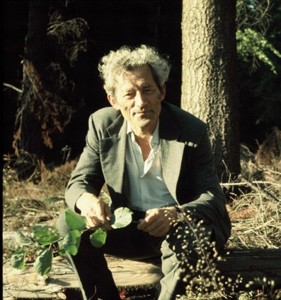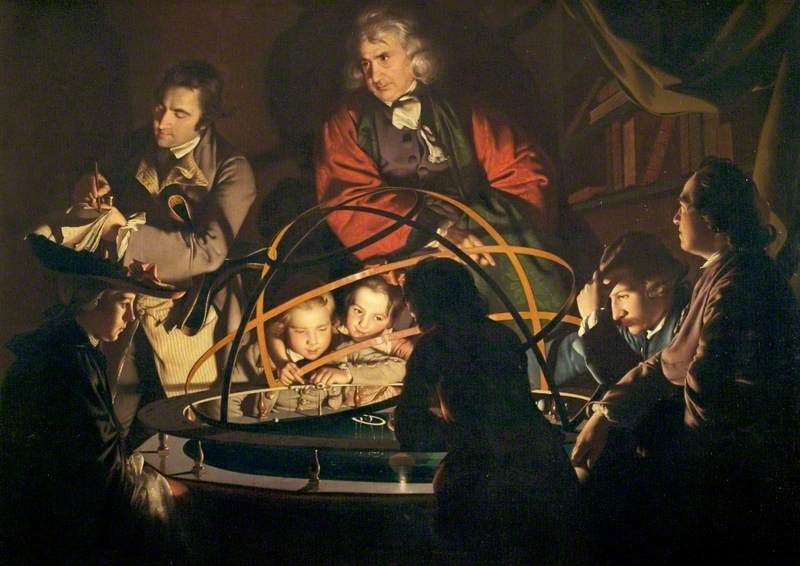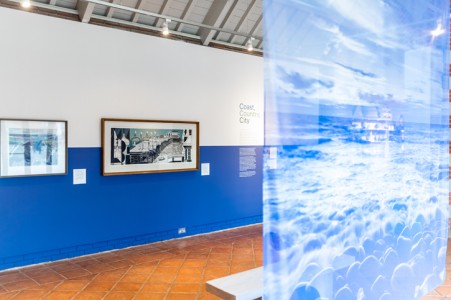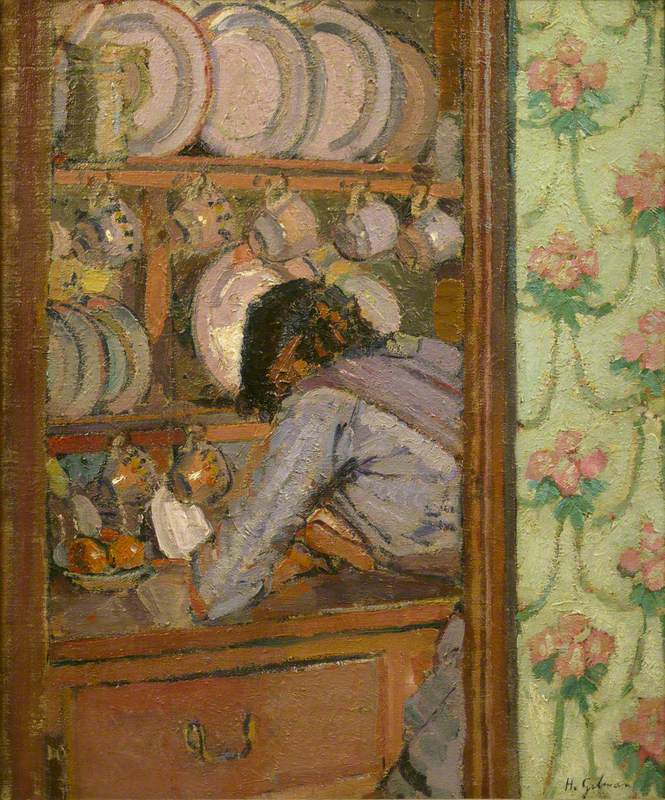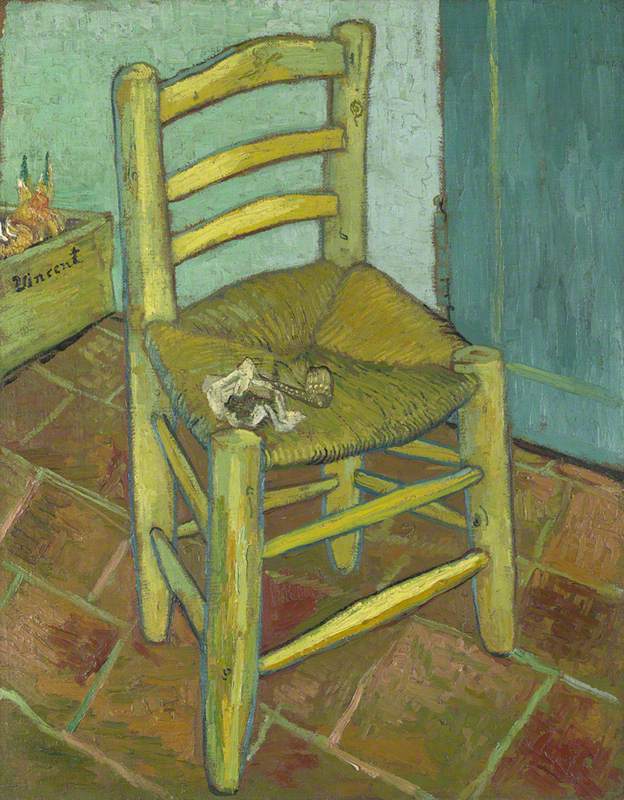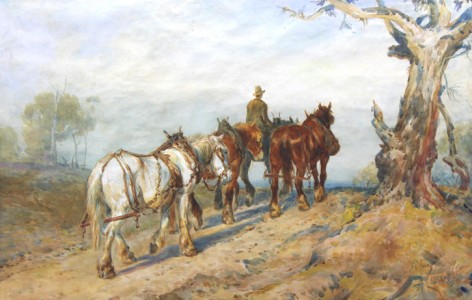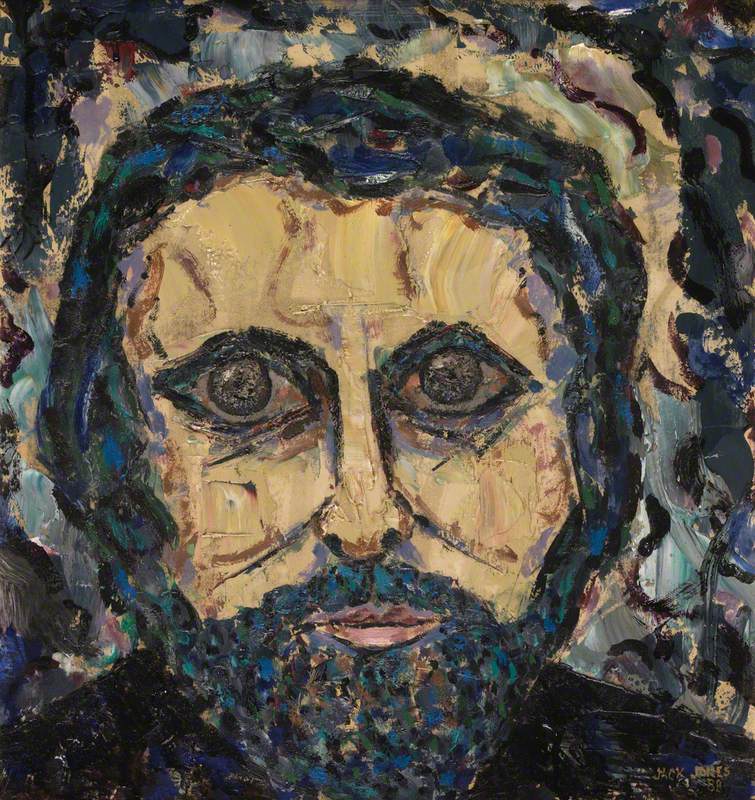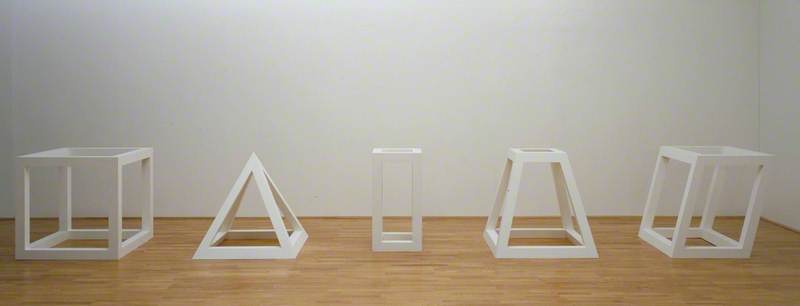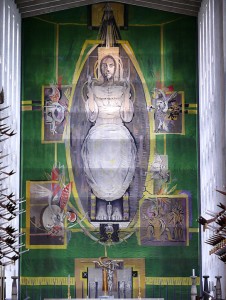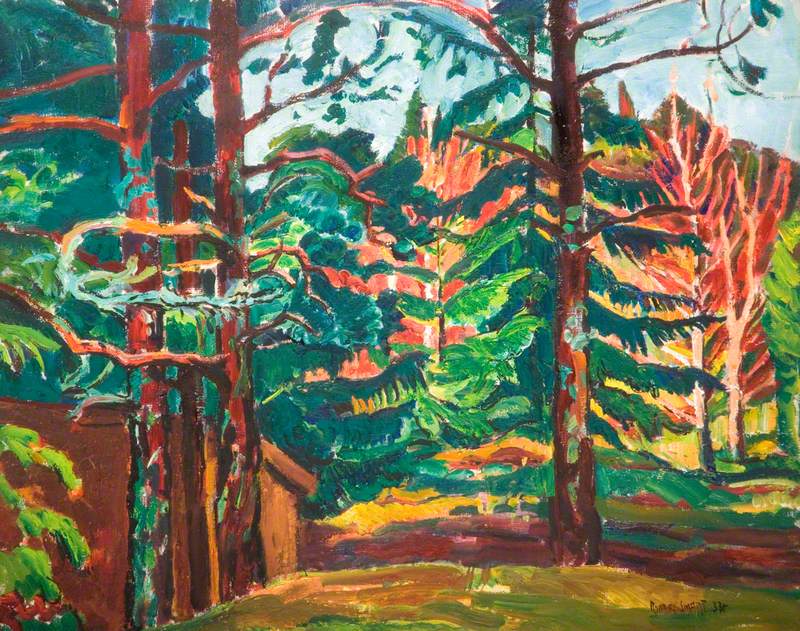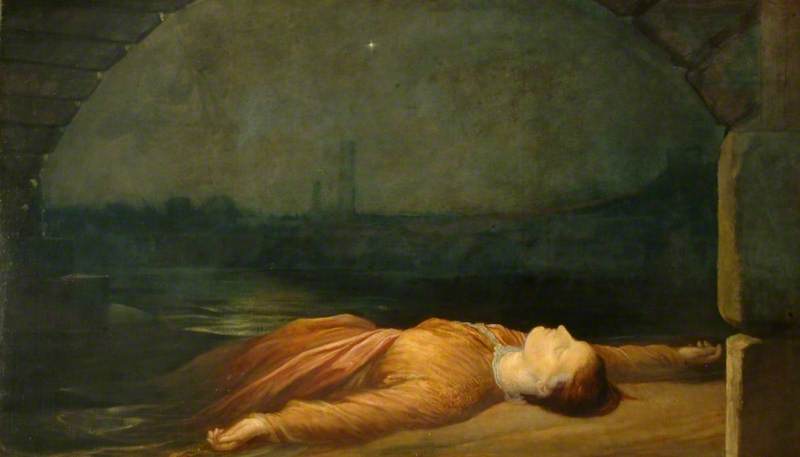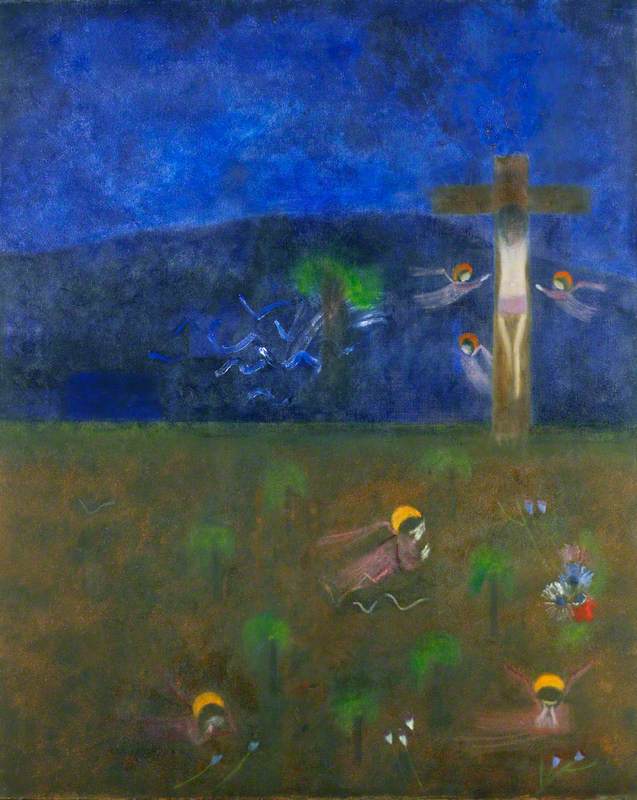As a child, Laurence Stephen Lowry (1887–1976) said he was 'always sketching and doing little bits of drawings.' Although he was never a full-time art student – working for many years at the Pall Mall Property Company as rent collector and clerk – he enrolled at Manchester Municipal College of Art at the age of 18 and joined the evening life drawing class, where his teacher was the French artist Adolphe Valette (1876–1942). He later enrolled at Salford School of Art and was to spend years enjoying the discipline of the classes. Throughout his career he believed, 'If you can draw the life, you can draw anything'.
Today Lowry is still best known for his mill scenes and industrial landscapes, his distinctive figure style easily recognisable and more stylised than any of his life drawings would suggest: 'I wanted to paint myself into what absorbed me. Natural figures would have broken the spell of it... Had I drawn them as they are, it would not have looked like a vision'.
Born in Stretford, his father, Robert, worked as a clerk in an estate agent's office. His mother, Elizabeth, was a talented pianist. For a time the family lived in Victoria Park, a leafy suburb of south Manchester, but in 1909 they moved to Pendlebury, an industrial area between Manchester and Bolton. At first Lowry hated it, but his surroundings gradually fascinated him. By the 1920s he was painting and drawing the industrial landscape around him.
A Street Scene (St Simon's Church)
1928
Laurence Stephen Lowry (1887–1976) 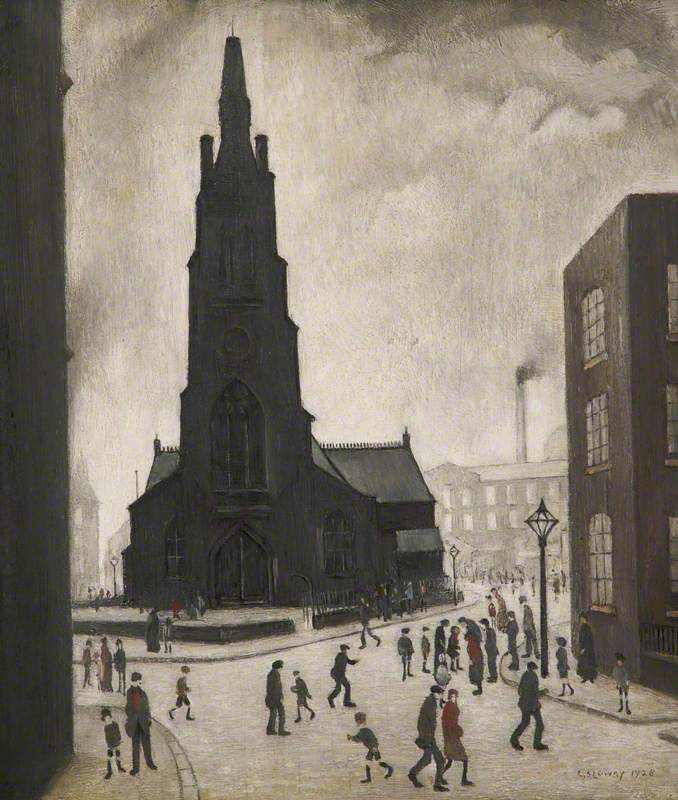
Throughout the decade he exhibited widely with various societies, including the New English Art Club and the Manchester Society of Modern Painters, as well as in Paris, but very few works sold. By 1930 he had produced what he described as his most characteristic mill scene, Coming from the Mill and a few years later A Street Scene (St Simon's Church), 1928, became the first work by Lowry purchased by Salford Museum and Art Gallery.
In 1932 however, Lowry was caring for his mother who, after his father's death that year, confined herself to bed permanently. He completed fewer works in the 1930s than during the previous decade and was later to say, 'all the paintings of that period were done under stress and tension and they were all based on myself', including the iconic portrait Head of a Man, 1938. Finally, in 1939, Lowry had his first solo show at a London gallery, Lefevre, but his mother's death later that year overshadowed this success.
By the 1940s, when he was able to say that he had made a small profit from the sale of his work, his interests had moved on from the industrial landscape. Later pictures show smaller groups of individuals, often with no background details at all. Alongside these are Lowry's empty, silent landscapes. Any sign of human activity is removed, although solitary buildings or monuments suggest the presence of people. The sea especially was a source of inspiration and in the 1960s he became a regular visitor to North East England.
Early in his career, Lowry painted occasional portraits of friends. Towards the late 1930s he was producing imagined portraits in which the figure stares disconcertingly out at the viewer. The most notable example is probably Portrait of Ann, 1957. Although 'Ann' appears in many guises throughout Lowry's career her identity has never been proven and she appears to have been an invented character.
In drawings made towards the end of his life, probably never intended for exhibition, figures transform into surreal animals or ghost-like shapes. In the 'mannequin' drawings discovered after his death, female figures appear forced into costumes which constrain and reveal their bodies, decorated with huge 'feminine' bows and layers of net reminiscent of exaggerated ballet tutus.
At his retirement in the 1950s, Lowry was one of Britain's best-known artists and his popularity continues today. Although he has had many imitators, he never formally taught students, or gathered a group of followers around him as a school. The range and complexity of his work is increasingly understood and appreciated. The Lowry Collection, formerly housed at Salford Museum & Art Gallery, is now the world's largest public archive of L. S. Lowry's paintings and drawings.
Claire Stewart, Curator of The Lowry Collection at The Lowry in Salford
